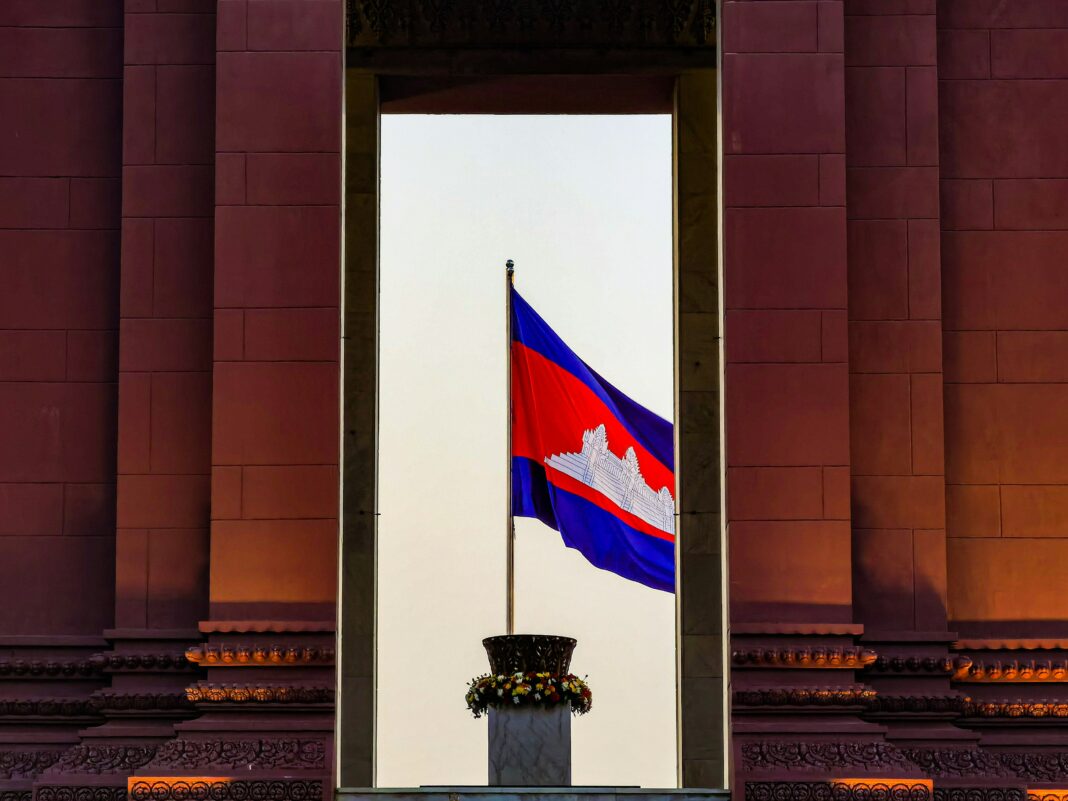What is the Khmer Rouge?
The Khmer Rouge, also known as the Communist Party of Kampuchea, was the result of brewing ultranationalist views shaped by both French colonialism and the controlled regime of Sihanouk. The suppression of political opposition within Sihanouk’s regime had further fueled their beliefs, like in many other countries, where these groups are formed as a sign of resistance against the ruling power. Following radical-Maoism, from China’s Mao Zedong’s communist beliefs, extreme ultranationalism, and anti-imperialist beliefs, the Khmer Rouge aspired to ‘restore’ Cambodia to an agrarian society. To the public, they represented a force against the pro-American government. Angered by destructive American bombing and encouraged by Sihanouk’s call to arms, many Cambodians joined the Khmer Rouge
What did they do?
Upon seizing power, the Khmer Rouge, led by dictator Pol Pot, implemented their agenda to restore Cambodia to a classless, agrarian, communist state. This began with executing any individuals associated with the prior government, and beginning to evacuate city residents to the countryside, leaving those who couldn’t make the trip behind. This alone separated countless families. Under the new regime, all citizens were stripped of all their belongings, and given the same clothes and haircut. All private property, money and religion were outlawed. Specifically, religious institutions were targeted, and destroyed. All religions were banned including Buddhism, Christianity and Islam, with anyone daring to practice religion being persecuted. Buddhist monks were targeted, as they were a symbol of the old class system, thousands were either executed or sent to labour camps. All forms of education, including schools and books were banned and burned, as well as anyone who was educated being executed.
Who was targeted?
Many were executed due to their ethnicity, the regime targeted Muslim Cham, Vietnamese, Chinese, Thai, and Laotian individuals due to their anti-imperialist sentiment. They believed these individuals threatened Cambodian society, and their visions of national unity. This ethnic cleansing and racism was to ‘purify’ the country from these perceived threats. The Cham Muslims, were targeted for their faith and ethnic distinction, although they had a long history in Cambodia. Up to 500,000 Cham Muslims were killed alone, some even forced to convert, due to the regime’s views of Islam as a foreign entity that was a symbol of decadence. The Vietnamese were targeted for their long standing conflict with their country, and were classed as state enemies and even accused as spies. The Chinese, a form of supposed capitalism, and foreign influence, which threatened their ideals of a restored Cambodia. All these individuals due to their ethnicity became a target for the genocidal regime, and were stereotyped and executed from their identity.
Exploitation
Within the countryside, the new agricultural workforce was to produce impossible amounts of rice, and local leaders would be killed if they were not fulfilled. Leading many leaders to prioritize fulfilling orders before feeding workers. Underfed, overworked and suffering from malaria and malnutrition, thousands died in the fields. When the Khmer Rouge’s plan failed to produce the expected amount of rice, the regime became paranoid of internal enemies who were trying to sabotage their ‘revolution’. This amplified their executions, and led them to begin arresting and executing perceived threats.
Murder & Genocide
Enemies of the revolution were those classified due to their appearance, many as mentioned before such as based on ethnicity, intellect, and class but many for their literal outward appearance. A common example referenced is the Khmer Rouge’s targeting of those who wore glasses, due its association with intellect. The S-21 prison called Tuol Seong, was where these individuals were often sent. 14,000-17,000 prisoners were kept there, with only 12 believed to have survived. Thousands were interrogated, tortured and executed in mass killings. More murders occurred within the “Killing Fields”, which were remote areas where individuals were murdered with items such as pickaxes in brutal and inhumane ways, and then buried in mass graves. This genocide contuned for four entire years, until 1979, when Vietnamese troops working with turned Khmer Rogue members took control of the country, trigerring the second civil war between this time that continued until the 1990’s. Overall two million people were murdered by the Khmer Rouge regime, wiping a quarter of the country’s population.
Sources

